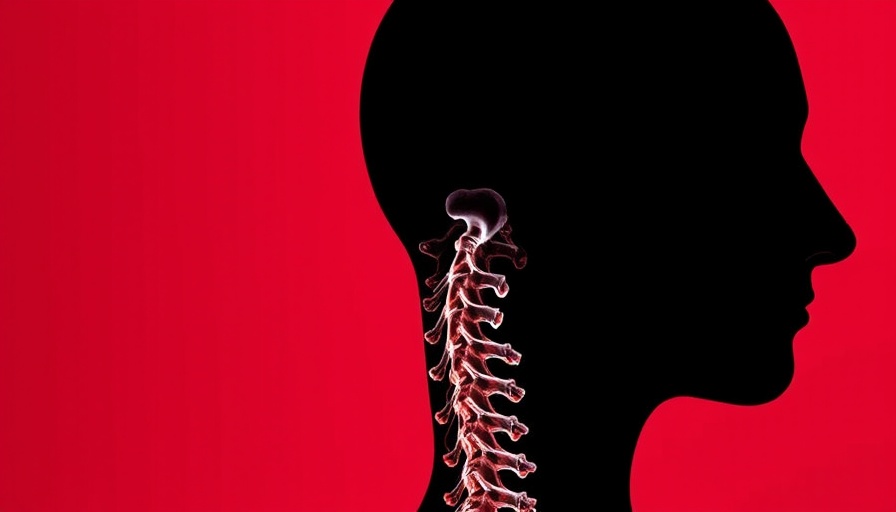
Understanding the Neurophysiological Effects of Upper Cervical Adjustments
Recent research published in the Journal of Integrative Neuroscience sheds light on the profound neurophysiological influences linked to upper cervical adjustments, particularly at the occipital-Atlanto joint. This study reveals that adjustments in this critical part of the spine not only alleviate pain but also enhance motor control across the entire body, including the neck and limbs.
The Importance of Motor Control Beyond Muscle Function
Many believe motor control is primarily about muscle function; however, it's significantly influenced by the nervous system's coordination of movement. The occipital-Atlanto joint facilitates a crucial feedback loop necessary for optimal sensory input. When this area experiences dysfunction, the entire sensory feedback loop can become compromised, leading to less effective motor control.
Key Findings: Impacts on Patient Health and Performance
The study emphasizes selective improvements in motor control outcomes following adjustments to the upper neck and spine. For chiropractors, these findings reinforce the importance of considering not just the immediate pain relief benefits of adjustments, but also their broad implications for enhancing overall patient function and performance. This perspective opens new avenues for patients seeking comprehensive care that goes beyond mere symptom management.
Communicating the Science to Patients
For chiropractic practitioners, translating these scientific insights into accessible messages for patients can be a game-changer. Using research-backed strategies to communicate how upper cervical adjustments can improve sensory feedback and motor function can elevate a practice’s profile. By focusing on the whole-body benefits of adjustments, practitioners can demonstrate that chiropractic care offers significant long-term value.
Research-Backed Techniques for Chiropractic Practice
Incorporating evidence-based techniques and strategies from studies like this not only enhances patient trust but also encourages them to approach chiropractic care as a proactive investment in their health. Chiropractors can utilize this information for better patient education, ultimately leading to more engaged and loyal clientele.
The neurophysiological effects of upper cervical adjustments resonate beyond just pain relief; they unveil a path to improved performance and overall health. By embracing these findings, chiropractic professionals can offer more comprehensive care and take their practices to new heights.
 Add Row
Add Row  Add
Add 




Write A Comment